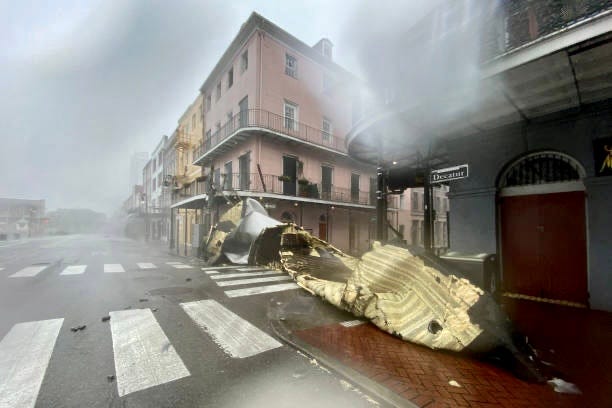
LAST WEEK HURRICANE IAN BARRELED into Florida, thrashing Fort Myers, Naples, and dumping destruction on so many other communities …

LAST WEEK HURRICANE IAN BARRELED into Florida, thrashing Fort Myers, Naples, and dumping destruction on so many other communities …